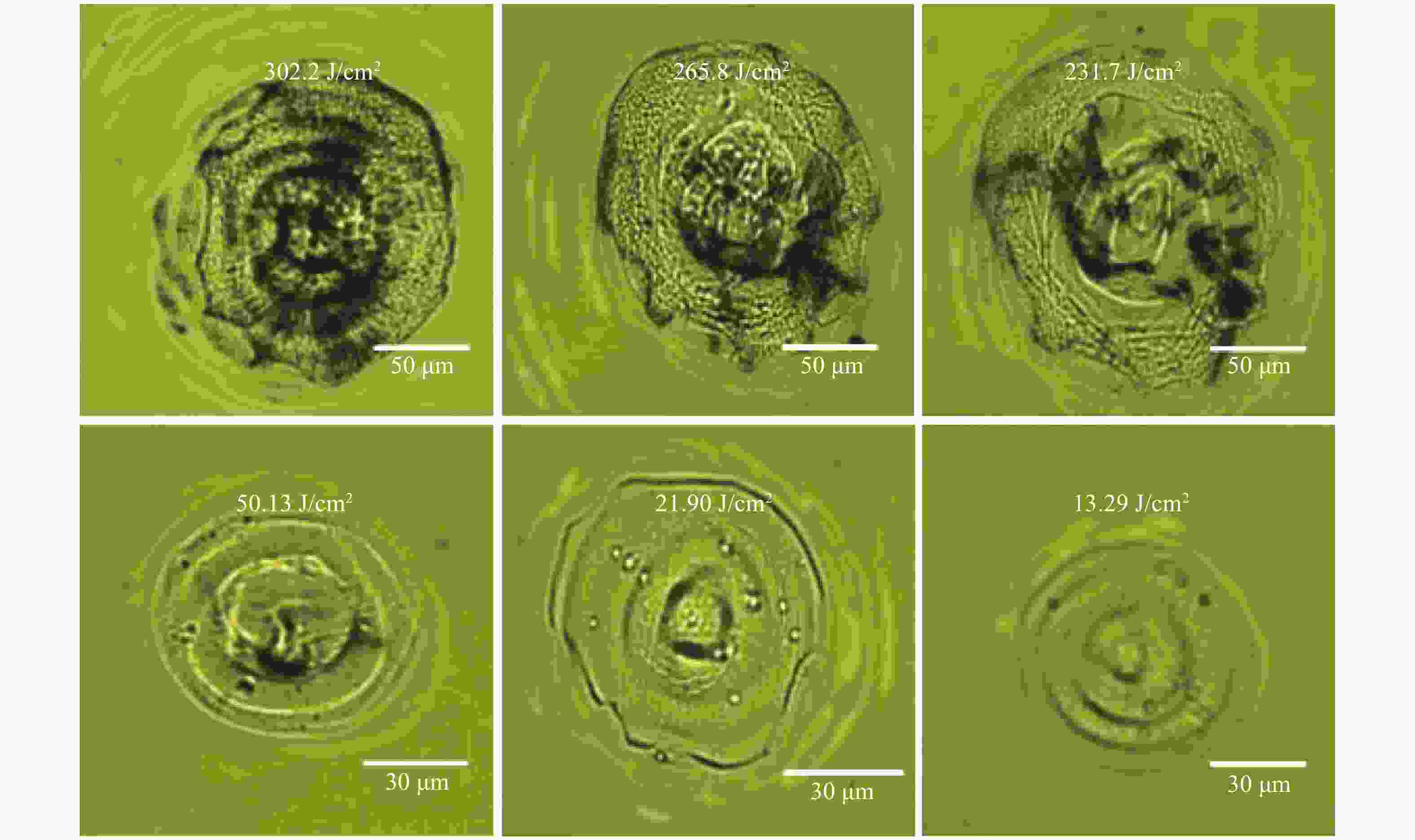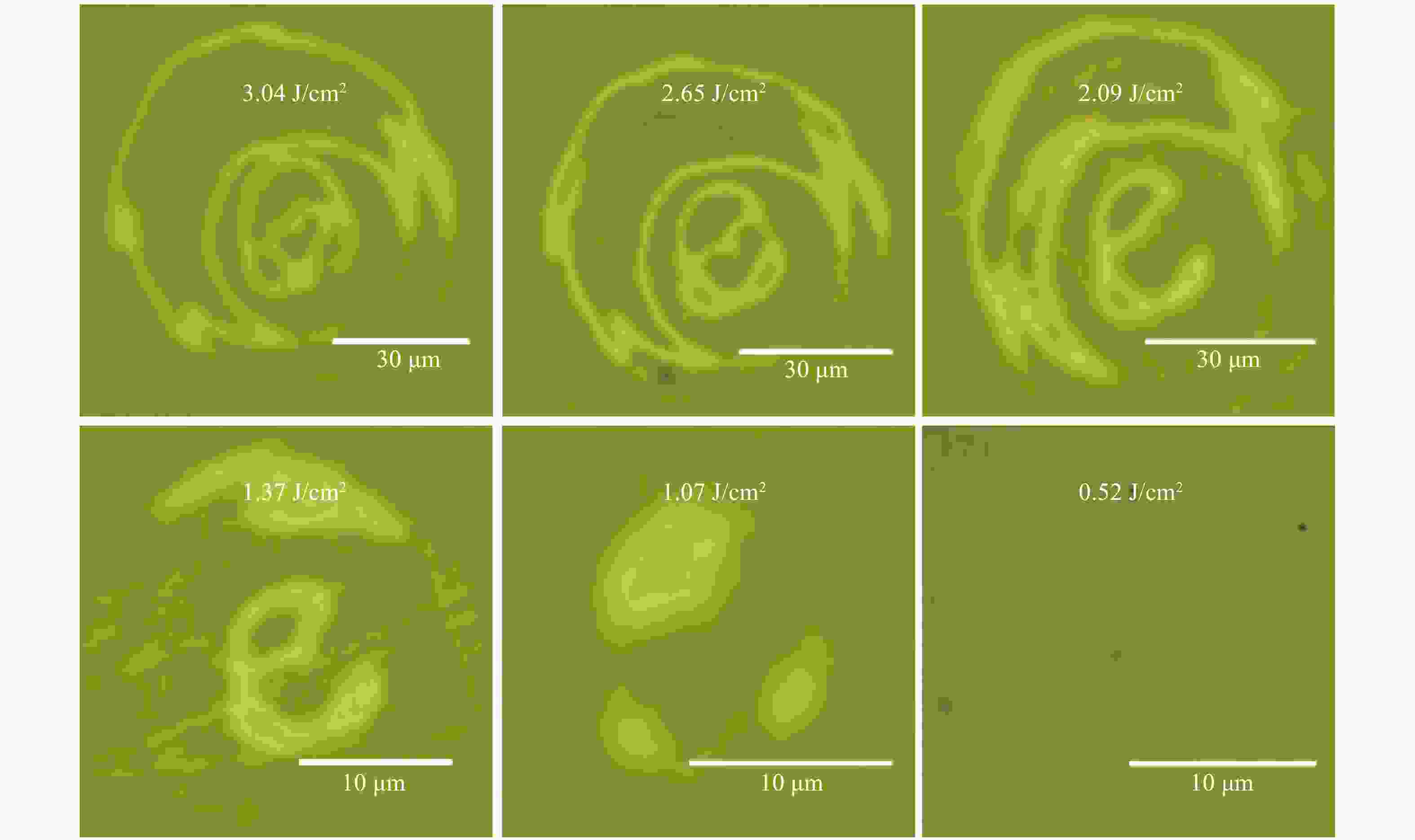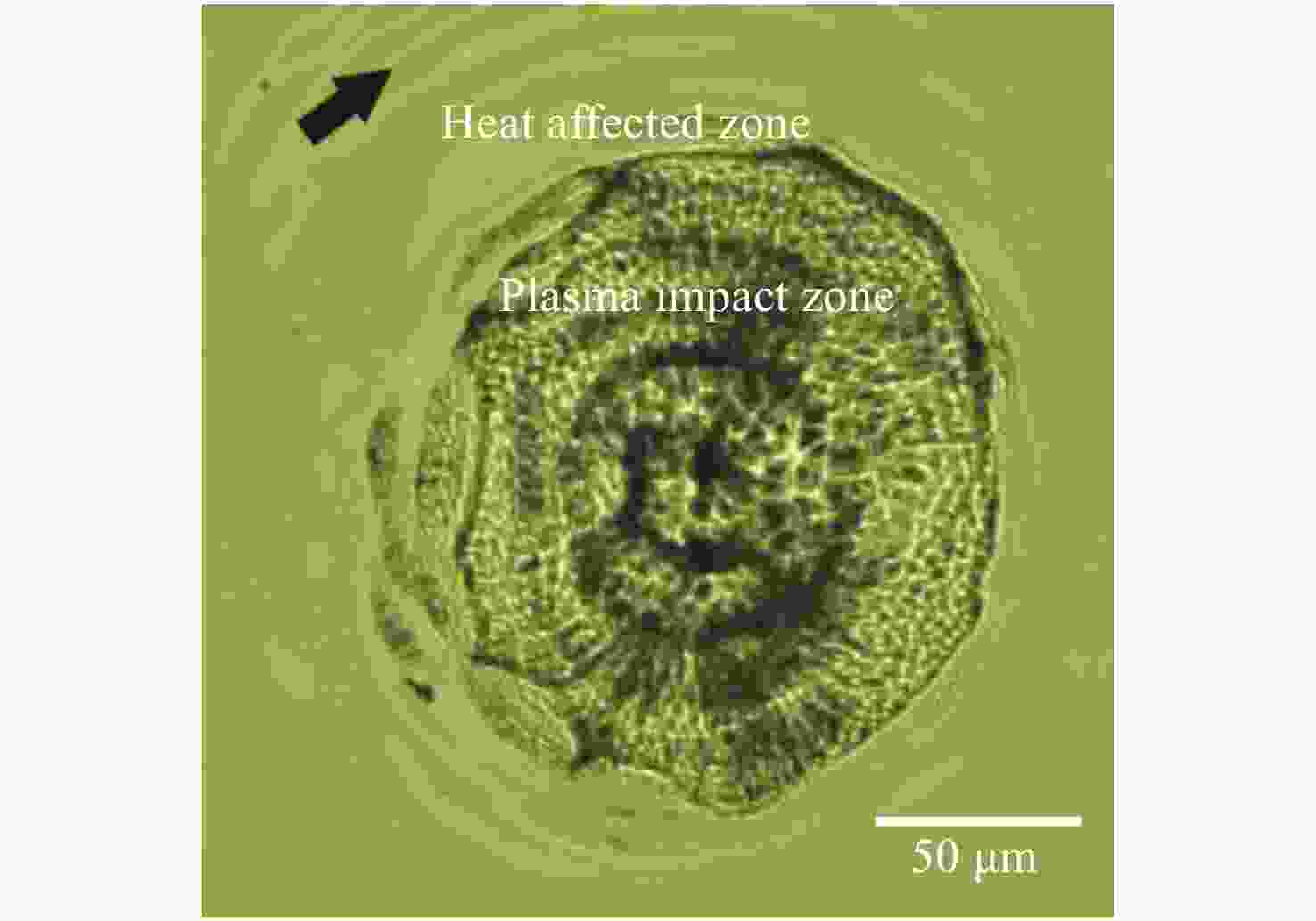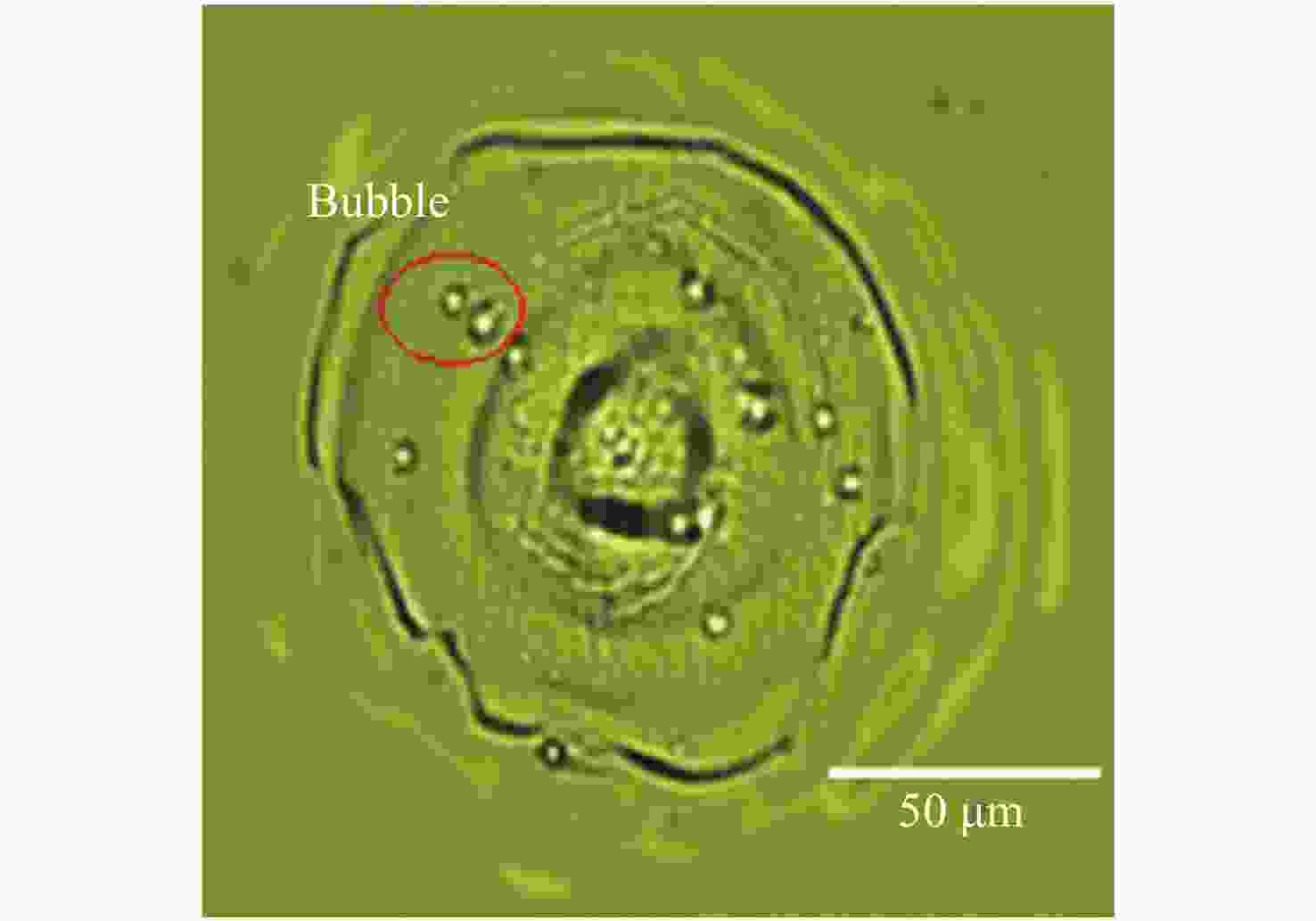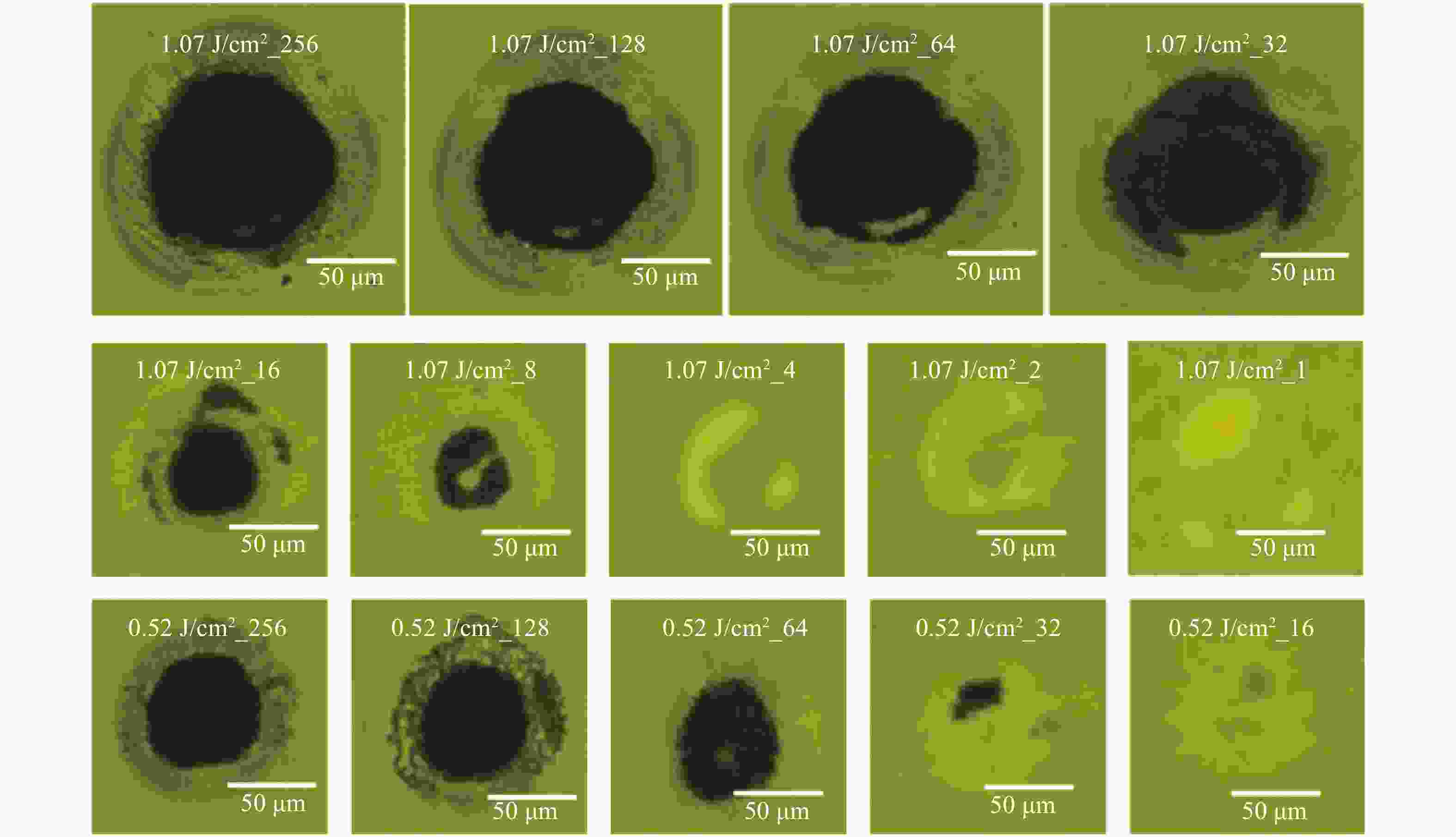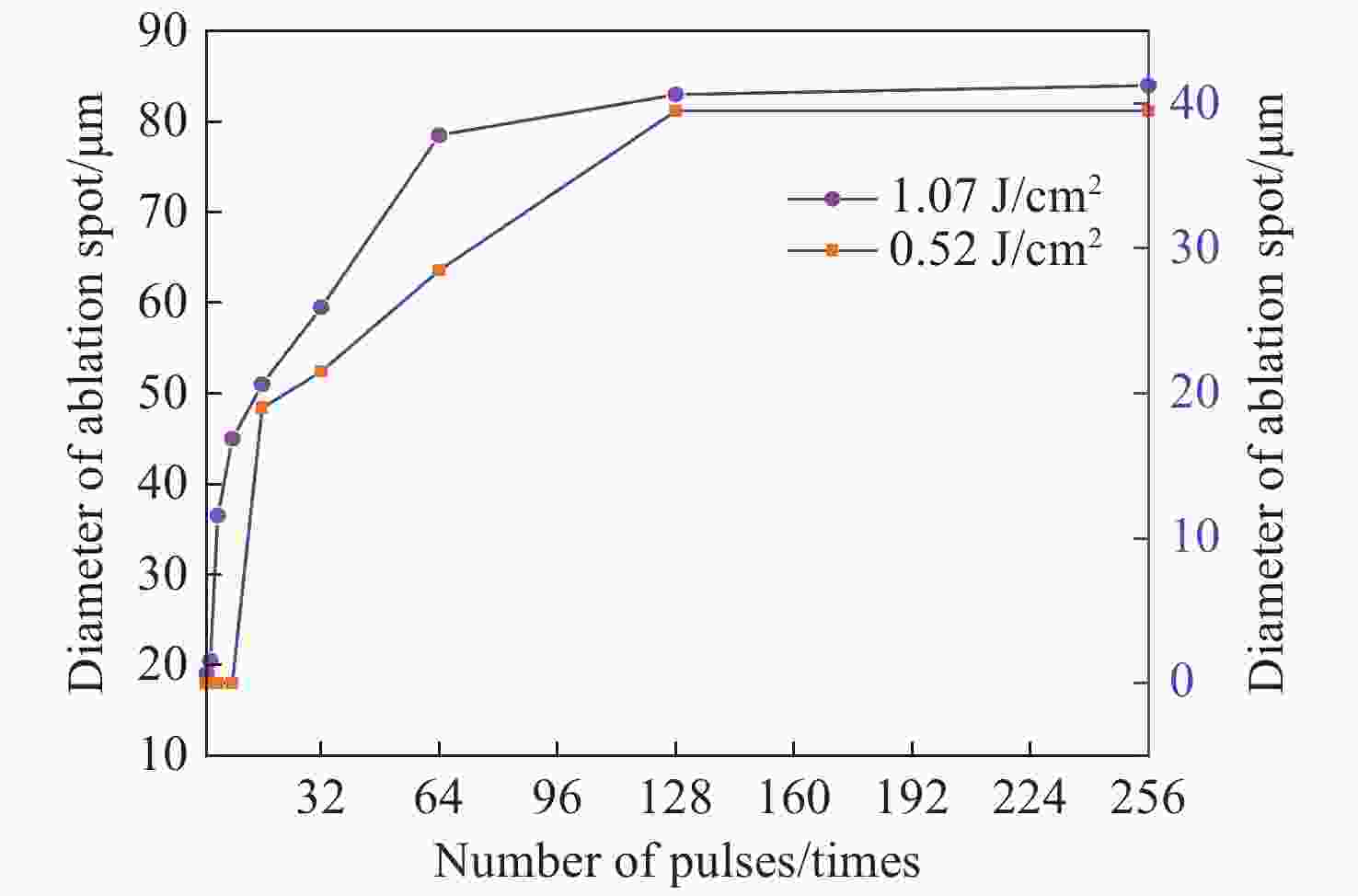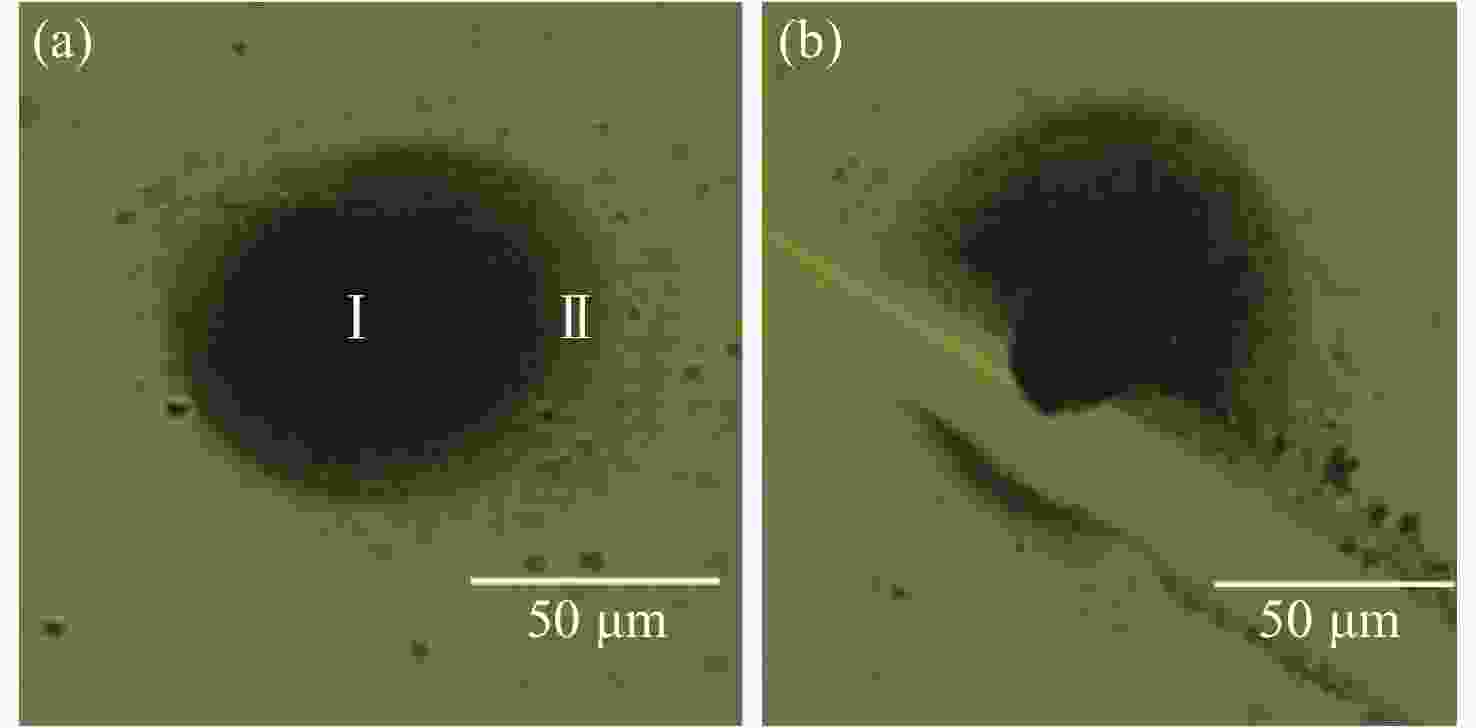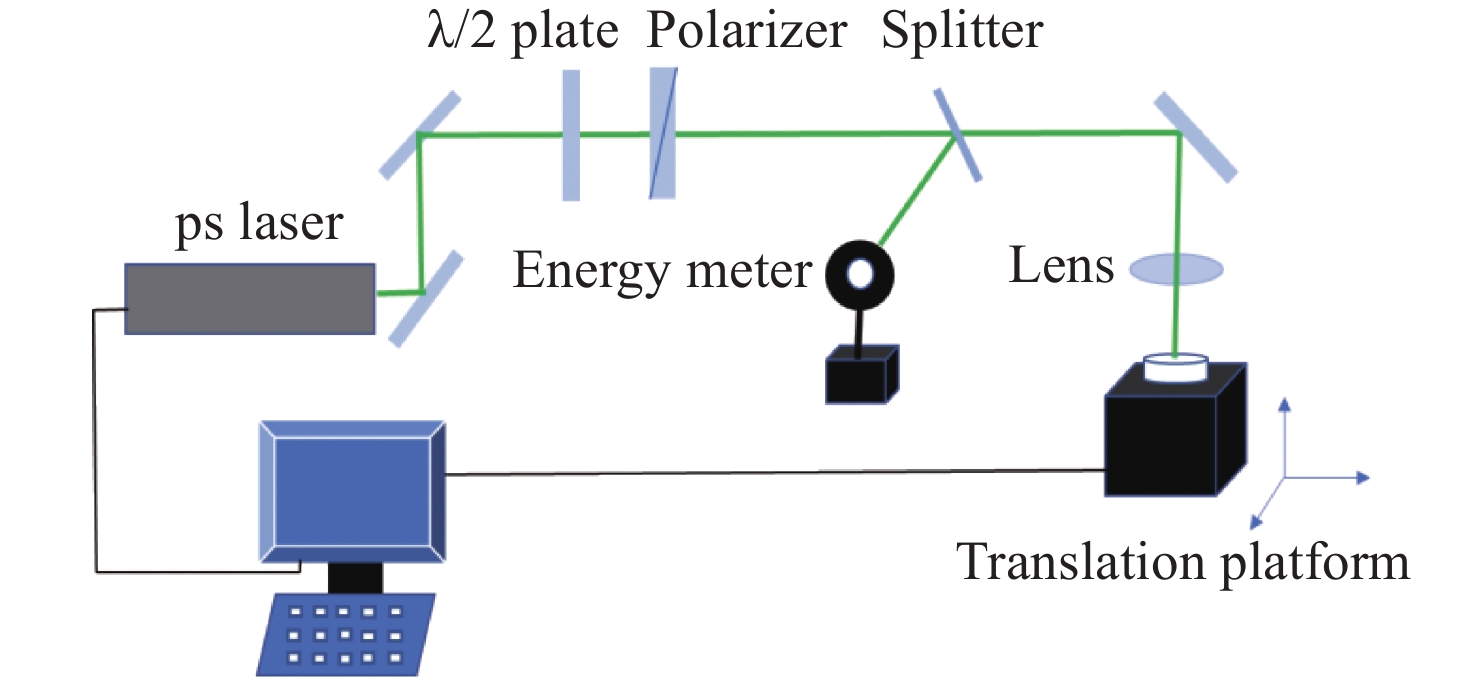| [1] |
XIE CH, MEYER R, FROEHLY L, et al. In-situ diagnostic of femtosecond laser probe pulses for high resolution ultrafast imaging[J]. Light:Science &Applications, 2021, 10(1): 126.
|
| [2] |
JIANG L, WANG A D, LI B, et al. Electrons dynamics control by shaping femtosecond laser pulses in micro/nanofabrication: modeling, method, measurement and application[J]. Light:Science &Applications, 2018, 7(2): 17134.
|
| [3] |
MALINAUSKAS M, ŽUKAUSKAS A, HASEGAWA S, et al. Ultrafast laser processing of materials: from science to industry[J]. Light:Science &Applications, 2016, 5(8): e16133.
|
| [4] |
LIU Y, LIU L SH, TANG W, et al. Experimental study on the damage of optical materials by out of band composite laser[J]. Applied Sciences, 2020, 10(10): 3578. doi: 10.3390/app10103578
|
| [5] |
FINGER J, BORNSCHLEGEL B, REININGHAUS M, et al. Heat input and accumulation for ultrashort pulse processing with high average power[J]. Advanced Optical Technologies, 2018, 7(3): 145-155. doi: 10.1515/aot-2018-0008
|
| [6] |
CHICHKOV B N, MOMMA C, NOLTE S, et al. Femtosecond, picosecond and nanosecond laser ablation of solids[J]. Applied Physics A, 1996, 63(2): 109-115. doi: 10.1007/BF01567637
|
| [7] |
MERKLE L D, BASS M, SWIMM R T. Erratum: multiple pulse laser-induced bulk damage in crystalline and fused quartz at 1.064 and 0.532 õm[J]. Optical Engineering, 1986, 25(1): 251196. doi: 10.1117/12.7973801
|
| [8] |
MEYER J R, KRUER M R, BARTOLI F J. Optical heating in semiconductors: laser damage in Ge, Si, InSb, and GaAs[J]. Journal of Applied Physics, 1980, 51(10): 5513-5522. doi: 10.1063/1.327469
|
| [9] |
RUBLACK T, HARTNAUER S, MERGNER M, et al. Mechanism of selective removal of transparent layers on semiconductors using ultrashort laser pulses[J]. Proceedings of SPIE, 2012, 8247: 82470Z. doi: 10.1117/12.905741
|
| [10] |
SMIRNOV N A, KUDRYASHOV S I, RUDENKO A A, et al. Pulsewidth and ambient medium effects during ultrashort-pulse laser ablation of silicon in air and water[J]. Applied Surface Science, 2021, 562: 150243. doi: 10.1016/j.apsusc.2021.150243
|
| [11] |
张明鑫, 李志明, 聂劲松, 等. 多脉冲飞秒激光烧蚀硅的热累积效应[J]. 光电子技术,2018,38(4):224-230.ZHANG M X, LI ZH M, NIE J S, et al. Heat accumulation effect of multipulse femtosecond laser ablation of silicon[J]. Optoelectronic Technology, 2018, 38(4): 224-230. (in Chinese)
|
| [12] |
WANG X, SHEN ZH H, LU J, et al. Laser-induced damage threshold of silicon in millisecond, nanosecond, and picosecond regimes[J]. Journal of Applied Physics, 2010, 108(3): 033103. doi: 10.1063/1.3466996
|
| [13] |
VAN WOERKOM T A, PERRAM G P, DOLASINSKI B D, et al. Picosecond laser ablation of metals and semiconductors with low-transverse order Gaussian beams[J]. Optical Engineering, 2020, 60(3): 031002.
|
| [14] |
SHAHEEN M E, GAGNON J E, FRYER B J. Studies on laser ablation of silicon using near IR picosecond and deep UV nanosecond lasers[J]. Optics and Lasers in Engineering, 2019, 119: 18-25. doi: 10.1016/j.optlaseng.2019.02.003
|
| [15] |
THORSTENSEN J, FOSS S E. Investigation of depth of laser damage to silicon as function of wavelength and pulse duration[J]. Energy Procedia, 2013, 38: 794-800. doi: 10.1016/j.egypro.2013.07.348
|
| [16] |
郑长彬, 邵俊峰, 李雪雷, 等. 飞秒脉冲激光对硅基多层膜损伤特性[J]. 中国光学,2019,12(2):371-381. doi: 10.3788/co.20191202.0371ZHENG CH B, SHAO J F, LI X L, et al. Femtosecond pulsed laser induced damage characteristics on Si-based multi-layer film[J]. Chinese Optics, 2019, 12(2): 371-381. (in Chinese) doi: 10.3788/co.20191202.0371
|
| [17] |
邵俊峰, 郭劲, 王挺峰. 飞秒激光与硅的相互作用过程理论研究[J]. 红外与激光工程,2014,43(8):2419-2424. doi: 10.3969/j.issn.1007-2276.2014.08.005SHAO J F, GUO J, WANG T F. Theoretical research on dynamics of femto-second laser ablation crystal silicon[J]. Infrared and Laser Engineering, 2014, 43(8): 2419-2424. (in Chinese) doi: 10.3969/j.issn.1007-2276.2014.08.005
|
| [18] |
MCDONALD J P, MISTRY V R, RAY K E, et al. Femtosecond pulsed laser direct write production of nano- and microfluidic channels[J]. Applied Physics Letters, 2006, 88(18): 183113. doi: 10.1063/1.2201620
|
| [19] |
BENOCCI R, BATANI D, ROMAN H E. Incubation models for under-threshold laser ablation with thermal dissipation[J]. Applied Physics B, 2019, 125(2): 22. doi: 10.1007/s00340-019-7132-0
|
| [20] |
KÜPER S, STUKE M. UV-excimer-laser ablation of polymethylmethacrylate at 248 nm: characterization of incubation sites with Fourier transform IR- and UV-spectroscopy[J]. Applied Physics A, 1989, 49(2): 211-215. doi: 10.1007/BF00616301
|
| [21] |
KÜPER S, STUKE M. Femtosecond UV excimer laser ablation[J]. Applied Physics B, 1987, 44(4): 199-204. doi: 10.1007/BF00692122
|
| [22] |
VAN DER LINDEN S, HAGMEIJER R, RÖMER G R B E. Picosecond pulsed underwater laser ablation of silicon and stainless steel: comparing crater analysis methods and analysing dependence of crater characteristics on water layer thickness[J]. Applied Surface Science, 2021, 540: 148005. doi: 10.1016/j.apsusc.2020.148005
|





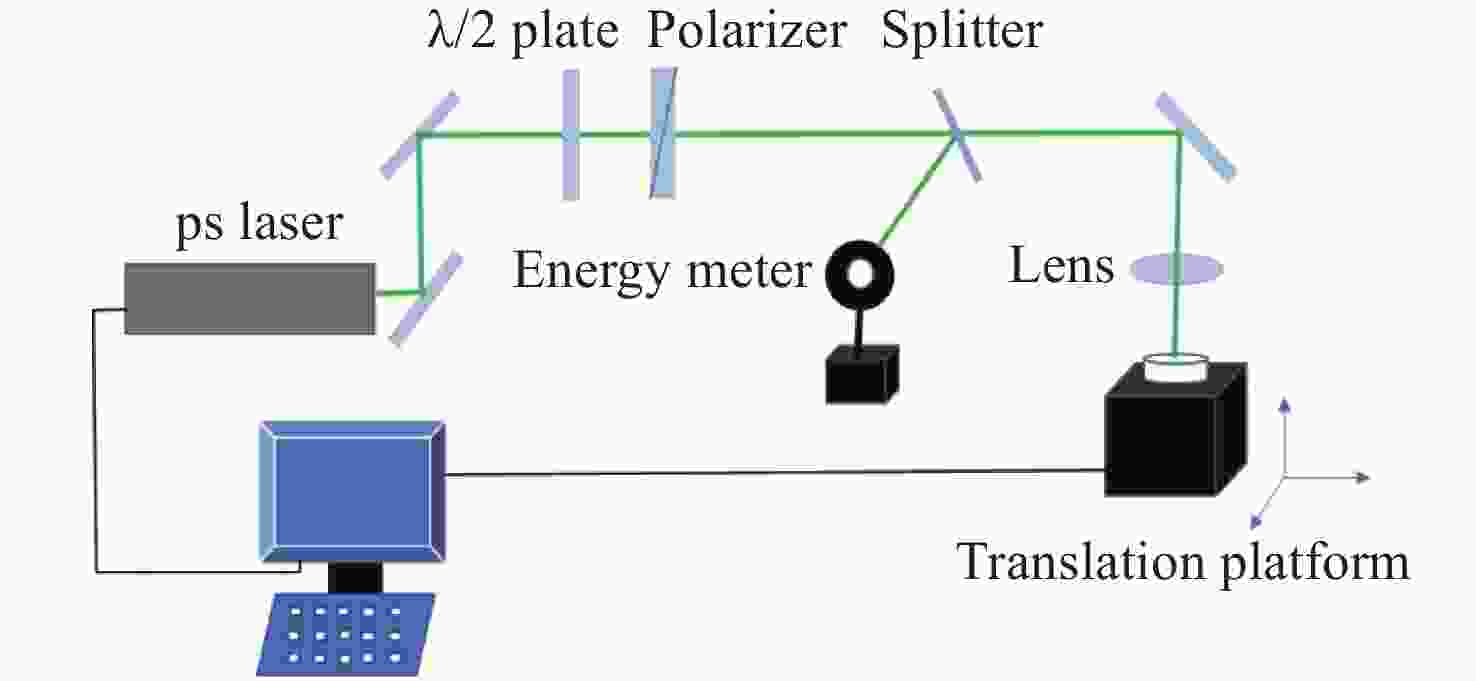
 下载:
下载:


